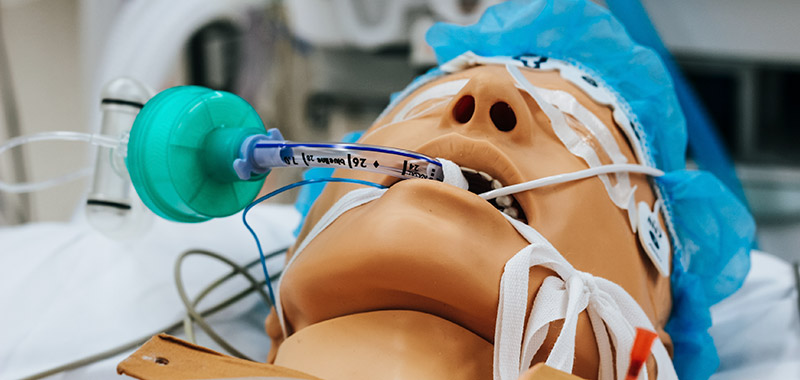
Simulation has become an indispensable tool in medical education and training, offering a safe environment for healthcare professionals to enhance their skills and improve patient outcomes. The European Union (EU) recognizes the crucial role of simulation in medicine and has been actively promoting its use across member states. This article explores the EU’s approach to simulation in medicine, highlighting recent developments at the European institutional level.
Advantages of Simulation in Medical Training
Simulation-based medical training offers numerous advantages, making it an essential component of healthcare education. It provides a realistic and controlled environment to practice various medical procedures, ranging from basic skills to complex surgical interventions. By allowing healthcare professionals to repeatedly practice and refine their techniques, simulation enhances proficiency, confidence, and patient safety. It also enables interdisciplinary training, teamwork, and communication among healthcare providers.
EU’s Commitment to Simulation in Medicine
The European Union has recognized the importance of simulation in healthcare and has been actively supporting its integration into medical training programs across member states. The EU acknowledges that simulation-based training can contribute to addressing the challenges faced by healthcare systems, such as the need to improve patient safety, reduce medical errors, and ensure standardized competency-based training. One of the key initiatives promoting simulation in medicine is the European Commission’s “Digital Skills and Jobs Coalition”. This coalition aims to address the digital skills gap in healthcare and supports the integration of simulation technologies in medical education and professional development. It encourages collaborations between educational institutions, healthcare organizations, and technology providers to foster innovation and the effective use of simulation tools. Furthermore, the EU provides funding opportunities through various research and innovation programs, such as Horizon Europe, to support projects related to simulation in medicine. These funding initiatives aim to advance the development and adoption of cutting-edge simulation technologies, virtual reality (VR), augmented reality (AR), and serious gaming in healthcare education and training.
The European Medicines Agency (EMA), the EU’s regulatory authority for medicinal products, also recognizes the value of simulation in drug development and evaluation. EMA encourages the use of modeling and simulation techniques to facilitate the development of innovative therapies, optimize clinical trial designs, and support decision-making processes.
Recent Developments at the European Institutional Level:
At the European institutional level, several recent developments have highlighted the EU’s commitment to simulation in medicine.
- The European Commission has launched the “European Health Emergency Preparedness and Response Authority” (HERA) in response to the COVID-19 pandemic. HERA focuses on strengthening Europe’s capacity to respond to health emergencies and includes provisions for simulation-based training to improve pandemic preparedness and response strategies.
- The European Society of Anaesthesiology (ESA) has collaborated with the European Board of Anaesthesiology (EBA) to develop the “European Training Requirements for Anaesthesiology.” This framework emphasizes the integration of simulation in anaesthesiology training and assessment, ensuring standardized and high-quality education across Europe.
- The European Society of Cardiology (ESC) has recognized the significance of simulation in cardiology training. The ESC provides guidelines and recommendations for incorporating simulation-based training into cardiology curricula, aiming to enhance the technical skills and decision-making abilities of cardiology professionals.
- The European Society of Radiology (ESR) has endorsed the use of simulation in radiology education. The ESR promotes the integration of virtual reality simulators and e-learning platforms in radiology training, fostering the development of diagnostic and interventional skills among radiologists.
The European Union acknowledges the pivotal role of simulation in healthcare education and training. Through various initiatives, funding opportunities, and collaborations, the EU is actively promoting the integration of simulation technologies across member states. By prioritizing simulation in medical training, the EU aims to enhance patient safety, standardize competency-based education, and foster innovation in healthcare practice.
Written by Giuditta Pasta – ValueDo (Florence, Italy)



